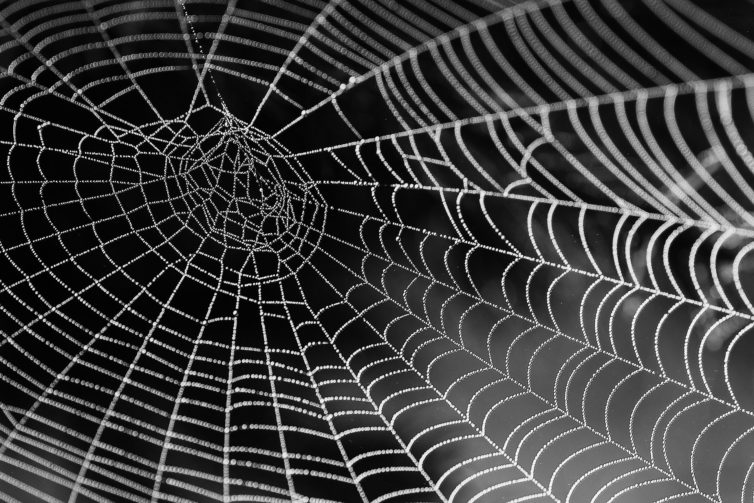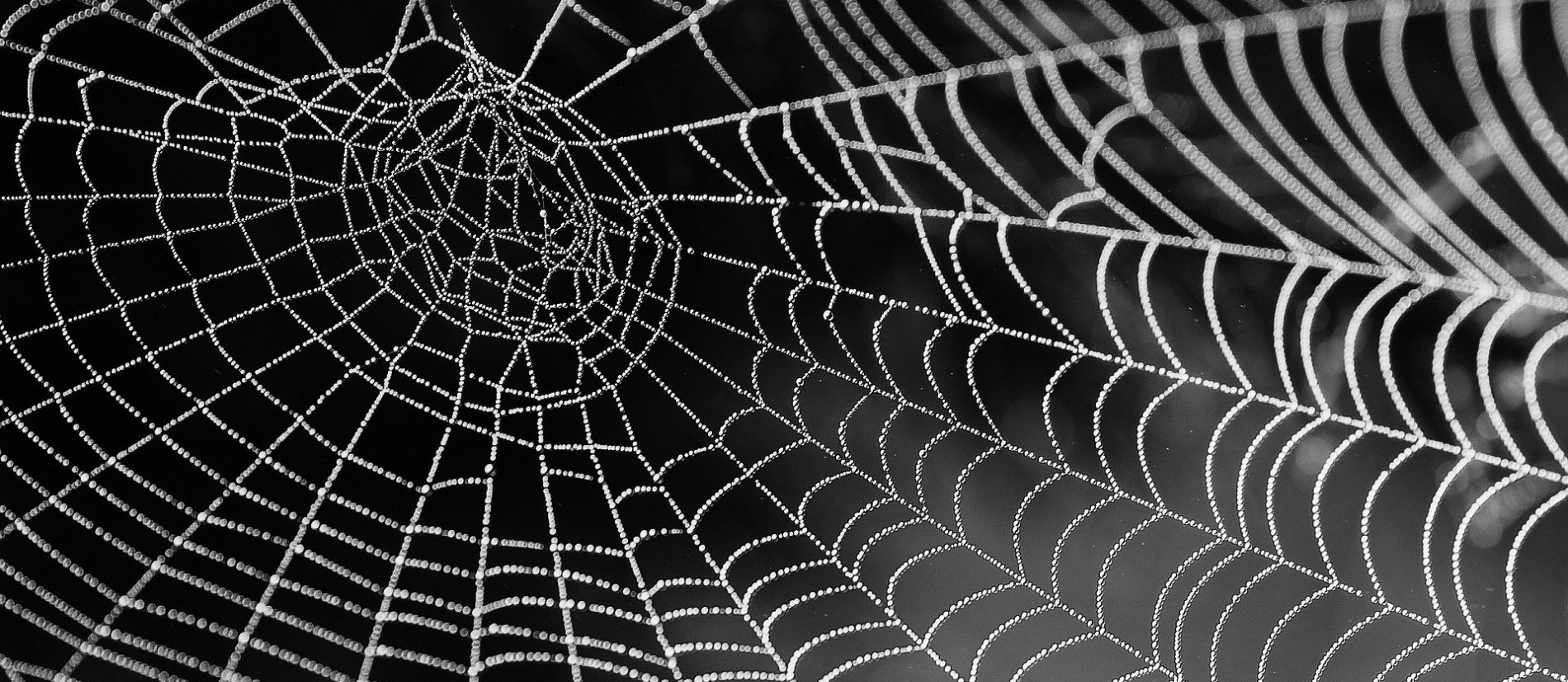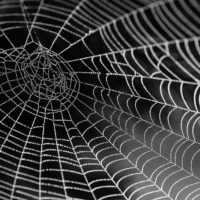They are iconic. But what do you really know about spider webs? Join us for a deep dive into one of the most fascinating substances on earth. Just in time for Halloween.
Orb weaving spiders make up to 7 different types of silk, each with their own unique uses and properties. The DNA that encodes for these complex silk proteins are extremely large and repetitive, making them difficult to study. Recent sequencing advances have allowed progress in understanding spider silks, which could lead to advanced biodegradable materials.
Sarah Stellwagen is a postdoctoral fellow at the University of North Carolina at Charlotte. She majored in biology at Clemson University, and received her Ph.D. from Virginia Tech, where she examined the material properties of spider glues, the sticky substance spiders use to trap insects in a web. During subsequent research positions, she has performed genetic sequencing to investigate spider glue and silk molecular biology and worked on the genomics of harvestmen, an arachnid relative. Her love of spiders started from an early age with her first pet tarantula, “Stanley”, and has since fueled her career in the natural sciences.
The suggested donation is $5. NHSM understands that the pandemic has adversely impacted many. It shouldn’t impact access to education. Therefore, a free option is also available.
Please note that this is a 2-Step Registration Process. Once registered, a confirmation email will contain a link to register via Zoom. We apologize for the inconvenience, but this is an added layer of security.

Photo: Pixabay


